This interview contains spoilers for Mary and the Witch’s Flower.
Last week, we shared our interview with Studio Ponoc founder and producer Yoshiaki Nishimura and animator/director Hiromasa Yonebayashi, where the two spoke about their ambitions and hopes for Mary and the Witch’s Flower, the first film of their new studio. After Studio Ghibli was disbanded, Nishimura wanted to continue making movies for children that captured the same kind of style, wonder, and storytelling
Like many of Studio Ghibli’s stories, Mary and the Witch’s Flower is about a young girl who goes through a personal change in a magical setting. Based on Mary Stewart’s 1971 children’s book, The Little Broomstick, we follow Mary as she discovers a magical fly-by-night flower and broomstick that takes us to Endor College—a school of magic run by headmistress Madam Mumblechook and the brilliant Doctor Dee. It’s a welcome escape from the boredom of her countryside home with her Great-Aunt Charlotte and teasing neighborhood boy, Peter. There, she’s treated as a pupil while trying to hide the truth: Her sudden magical powers are not the natural talent of a gifted witch, but temporarily granted for a short duration by the magical flower. However, she soon discovers that Mumblechook and Dee want to harness the magic of the fly-by-night for their own experiments.
Mary and The Witch’s Flower is full of amazing magic. When we’re in Endor, every single classroom, character, and moment is filled with interesting and curious objects—gigantic fish swim in the fountain, carpets collect sunlight, and strange animals are everywhere. However, the true strength in Mary and The Witch’s flower comes in the non-magical moments. Near the end, Mary has escaped the dangers of Endor, and the broomstick has taken her to a cottage where she speaks to her Great-Aunt Charlotte through the mirror. Charlotte reveals that she was once a student of Endor who rejected their teachings, and begs Mary to use the last of her magic to go home. Instead, Mary returns to Endor to save Peter, who’s been captured, and they are able to defeat the evil. At the end, Mary realizes that, as magnificent as it may seem, she doesn’t need the fly-by-night’s magic.
“When a director depicts a hero or heroine for the film,” Nishimura told me, in praise of the film’s director, “it reflects how they think about girls.” He talked about how crucial Mary’s decision near the end is, pointing out “Little Broomstick is such a dynamic story and many children’s stories that deal with magic mostly solve problems through magic. Mary in The Little Broomstick rejects using magic at a crucial point in the story, saying, ‘I will win with my own power and not use magic no matter how long it will take me to do so.'”
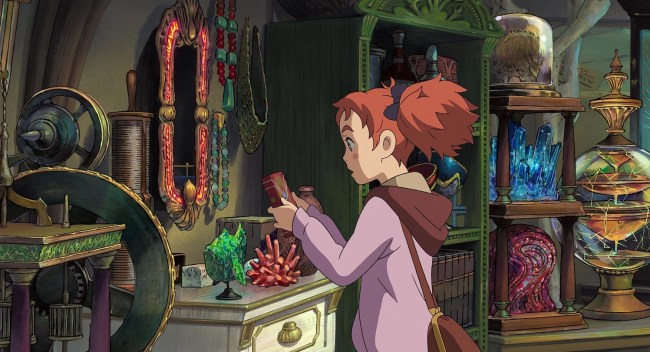
Director Yonebayashi shared the sentiment. Much of the film is brilliantly directed, but his favorite moment of the is one that captures Mary’s inner strength. “There’s a lot of magic and many incredibly overwhelming kinds of magical things in the film,” he said when I asked what his favorite scene was, “but the thing that I put a lot of effort and strength into drawing is when Mary loses her magic and she’s falling from the forest and the sign of magic on her palms disappear and she’s just left with the scratches and bruises that are on her palms and body. And yet, she says, ‘I’m going to go on,’ and shows her strength in that way. That was a theme I felt particularly that it was a real focus point for the film, so I put a lot of effort into drawing that scene.”
He added, “When I make a film, I don’t necessarily think of it as being a girl or boy, I think of it as a young person, the hero or heroine, as a young person who is facing changes or who is moved by something in their spirit. So whether it’s a boy or a girl, it’s how young people develop and grow that is an important aspect in my film.”
Mary’s journey with magic mirrored Studio Ponoc’s own creation. The producer explained, “I thought this would be a good theme to use for the first film that we produced at Studio Ponoc: after we had left the magical umbrella of Studio Ghibli, we are taking the next step on our own with our own strength. And also, the world is full of losing many things as we go forward in our lives, so to have the courage to take the next step forward to do something in our life, I hope that this will be able to give that kind of encouragement to the audience.”
Nishimura’s favorite scene is the one where Mary faces her Great-Aunt Charlotte through the mirror, and the realization that “there’s also one more storyline and actually, Mary is experiencing what Great-Aunt Charlotte experienced years ago.” He said, “the hopes, entanglements and fears from what happened years before, and in generations before is what Mary is dealing with now in the present. Things in the past being dealt with in the present is what is being shown in that scene and it’s a very impressive scene.” He didn’t say so explicitly, but it seems like there’s a connection there, as well. As the film gestures at a generation and legacy being continued and advanced, Studio Ponoc still must go through the challenges of starting over. Just as much as Mary and The Witch’s Flower is about the bravery of moving forward, its allusions and similarities to Studio Ghibli films show Studio Ponoc carrying on a mission.
You can grab your tickets for the film here.
(image: GKIDS)
Want more stories like this? Become a subscriber and support the site!
—The Mary Sue has a strict comment policy that forbids, but is not limited to, personal insults toward anyone, hate speech, and trolling.—



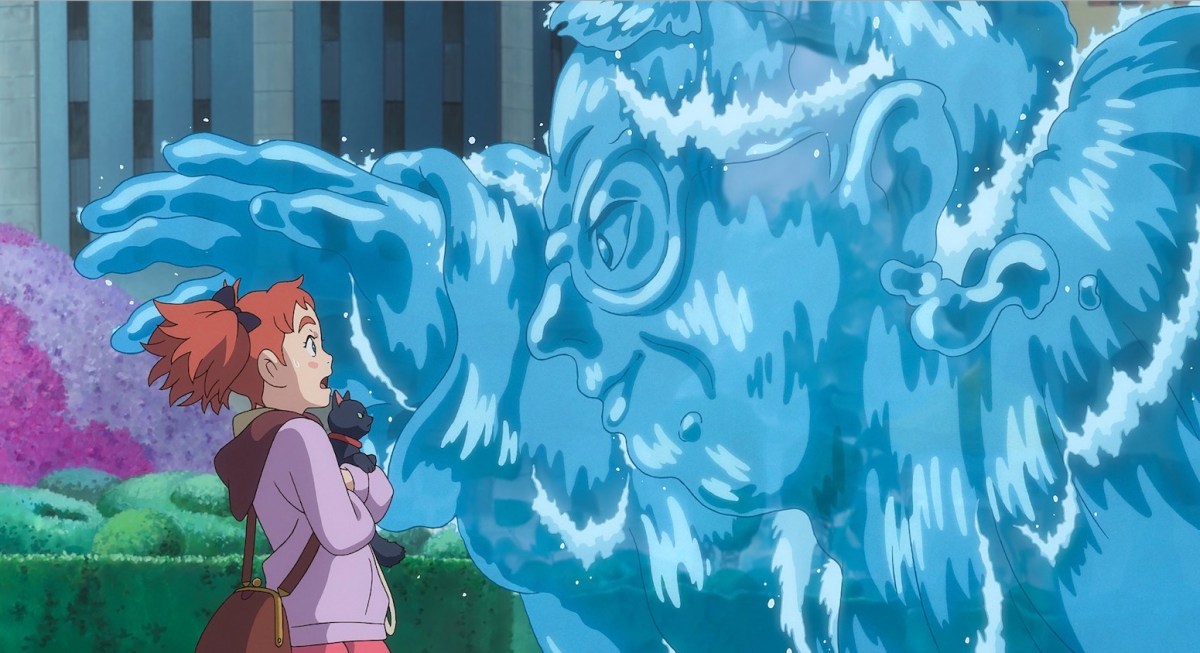

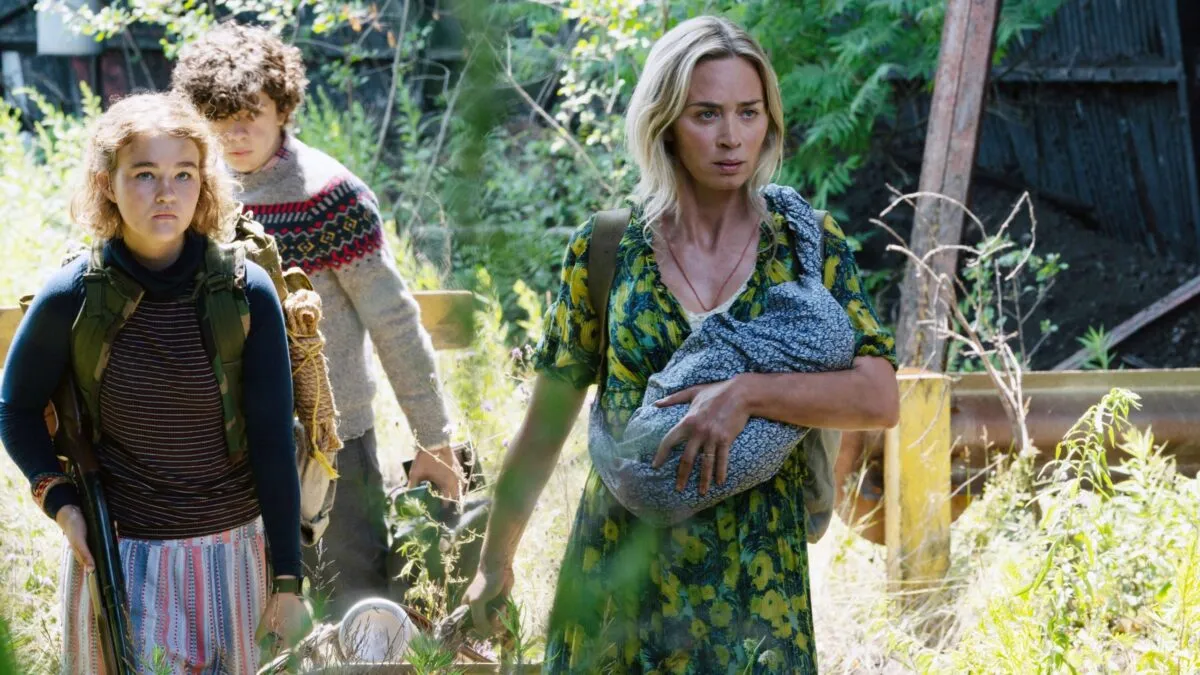
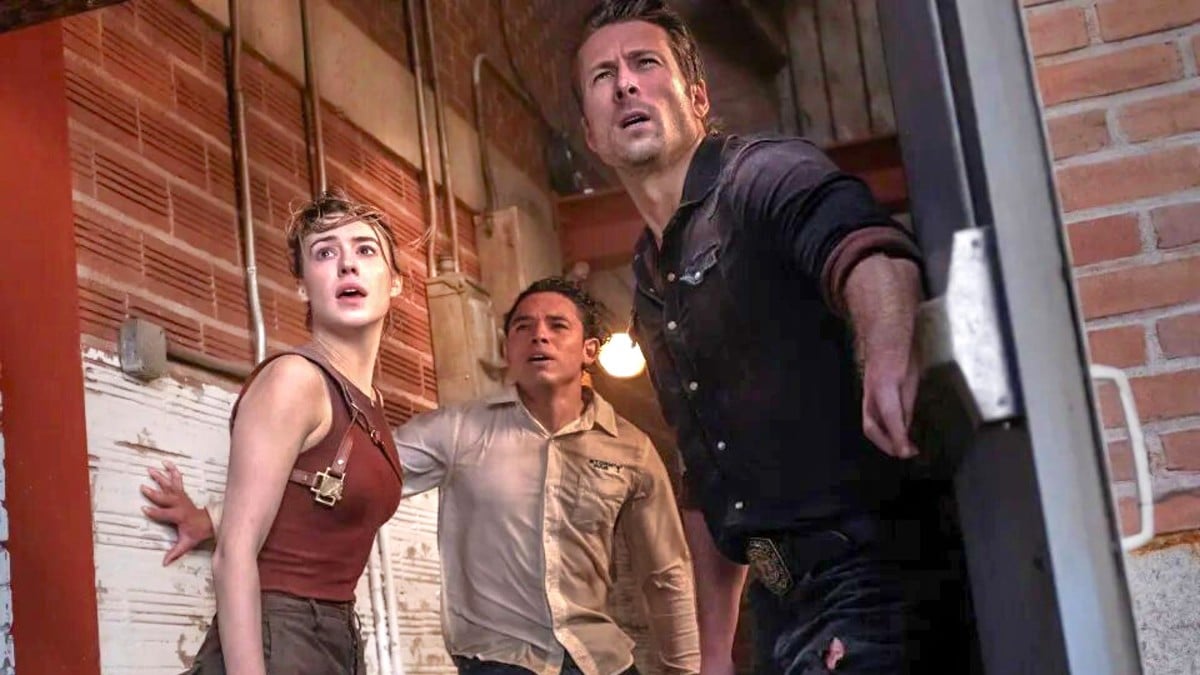
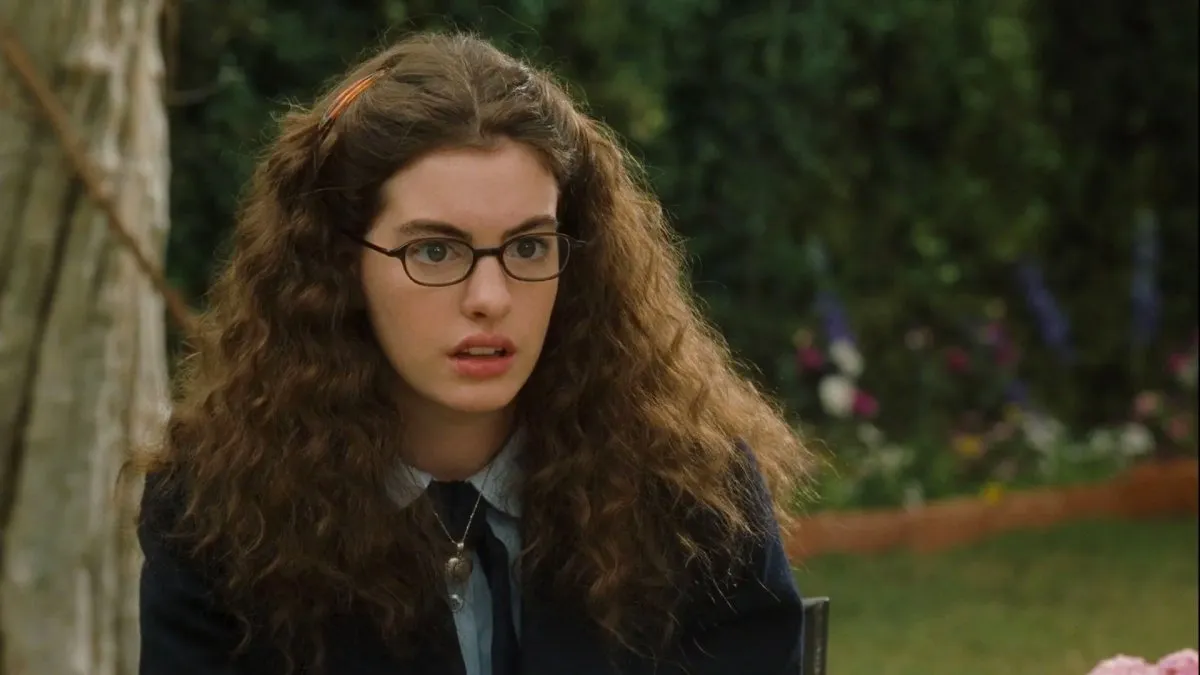

Published: Jan 22, 2018 09:38 am